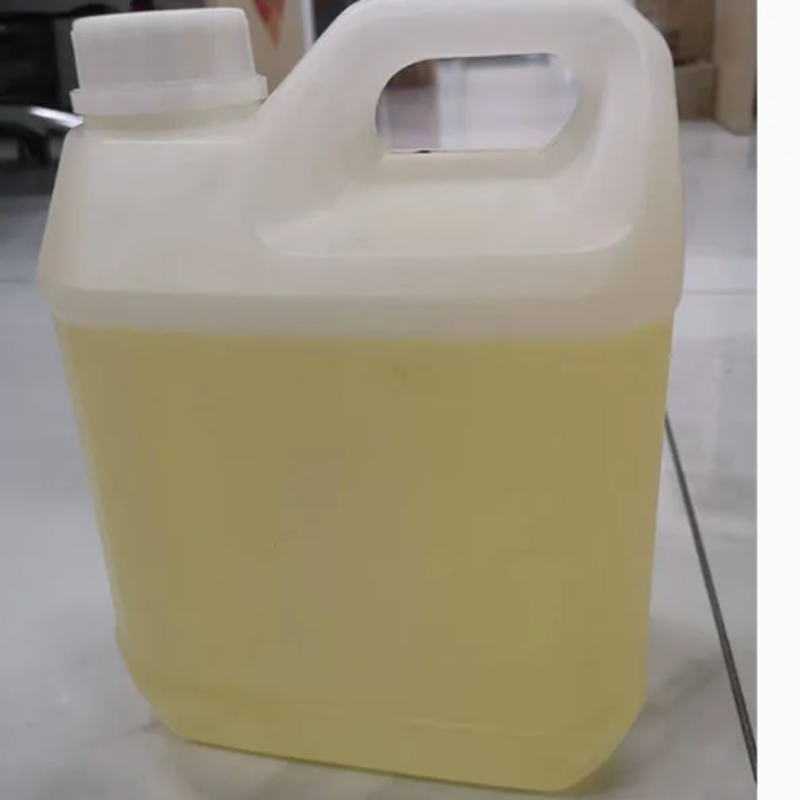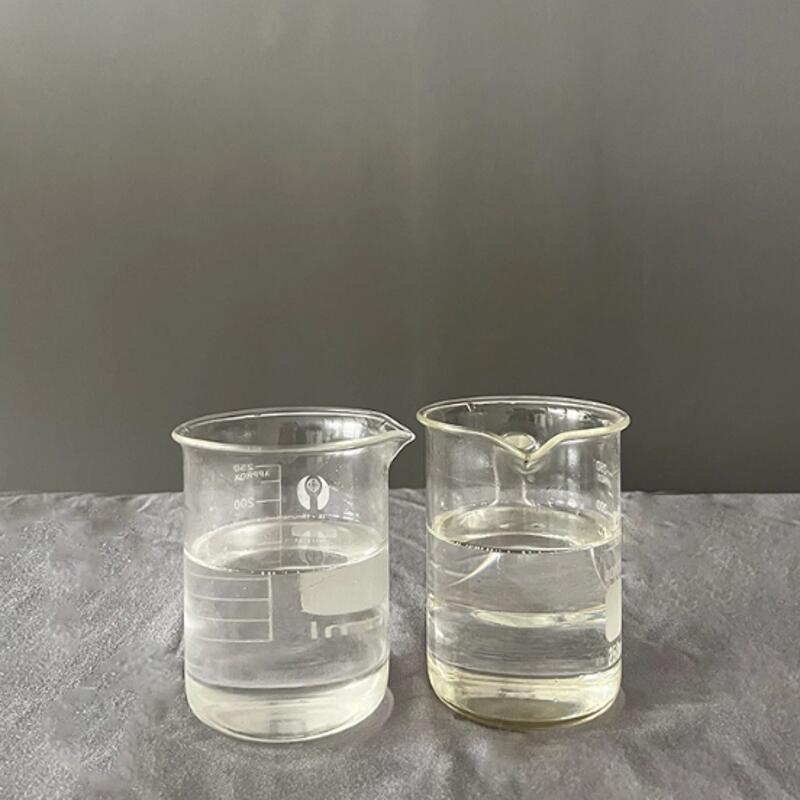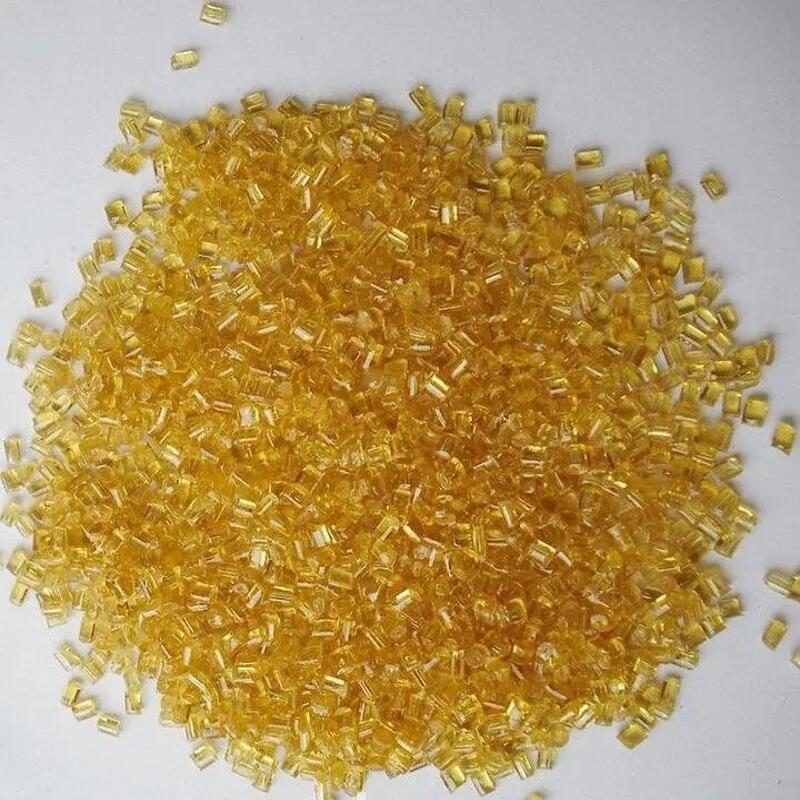-
Categories
-
Pharmaceutical Intermediates
-
Active Pharmaceutical Ingredients
-
Food Additives
- Industrial Coatings
- Agrochemicals
- Dyes and Pigments
- Surfactant
- Flavors and Fragrances
- Chemical Reagents
- Catalyst and Auxiliary
- Natural Products
- Inorganic Chemistry
-
Organic Chemistry
-
Biochemical Engineering
- Analytical Chemistry
-
Cosmetic Ingredient
- Water Treatment Chemical
-
Pharmaceutical Intermediates
Promotion
ECHEMI Mall
Wholesale
Weekly Price
Exhibition
News
-
Trade Service
A consortium of Danish industry and academia has developed a new technology to make the thermoset composite material used in the manufacture of wind turbine blades fully recyclable
.
To promote this new technology and promote a circular economy across the wind energy industry, a new initiative called CETEC (Circular Economy for Thermoset Epoxy Composites) was announced
.
CETEC plans to launch a full range of industrialized solutions based on the technology within three years
.
The CETEC initiative is led by Vestas and partly funded by the Innovation Fund Denmark (IFD), including US epoxy resin manufacturer Olin, the Danish Institute of Technology (DTI) and Aarhus University in Denmark ( Aarhus University, including business and academic institutions, participated in the program
.
Image credit: LM Windpower/Piet Simosen
Image credit: LM Windpower/Piet Simosen Image credit: LM Windpower/Piet Simosen Image credit: LM Windpower/Piet SimosenThe technology behind the program, developed by the innovation team DreamWind, consists of two steps
.
First, the thermoset composite is broken down into fibers and epoxy
.
Secondly, through a new chemical recycling process, the epoxy resin is further decomposed into basic components similar to raw materials, and reintroduced into the manufacture of new fan blades, thereby realizing the recycling of epoxy resin
.
"As a leading epoxy resin producer and global supplier to the wind energy industry, Oilon is proud to provide technical expertise for this important sustainability project
," said Leif Ole Meyer, Head of Technology and Development, Oilon.
The technology fills a gap in thermoset composite recycling technology and is another example of putting our resource efficiency sustainability goals into practice
.
This innovation will help the industry minimize raw material consumption and increase material reuse and Recycle
.
"
"Light weight and high strength are key properties of composite materials
.
This is determined by the strong bond between the two different materials (fiber and epoxy)
," says Dr.
Simon Frølich from the Technical Institute of Denmark.
"The challenge is that this This strong bond is also what makes these materials difficult to recycle
.
Therefore, CETEC's new technology, which makes it possible to dismantle composite materials after their end of life, is a 'game-changing' initiative that allows us to Being able to capture the value that each material stream represents in a new circular value chain
.
”
"This chemical cycle of epoxy-based materials will disassemble highly stable polymer chains into molecular building blocks that act like 'building blocks' that can be used to produce new epoxy resins of the same quality as the original material
" points out Prof.
Troels Skrydstrup at Aarhus University
.
Fans are 85-90% recyclable, but due to the nature of thermoset composites, the blades are the part that cannot be recycled
.
CETEC aims to fill this recycling technology gap and take an important step towards eliminating waste from the entire wind energy industry
.
Allan Korsgaard Poulsen, Head of Sustainability and Advanced Materials, Innovation & Concepts, Vestas, said: "Vestas aims to produce 'zero waste wind turbines' by 2040, and the CETEC program will enable Vestas to achieve this goal.
An important milestone in the process, if the CETEC program can address the issue of epoxy resin recycling technology, there will be no need for landfills when future blades are decommissioned
.
"







